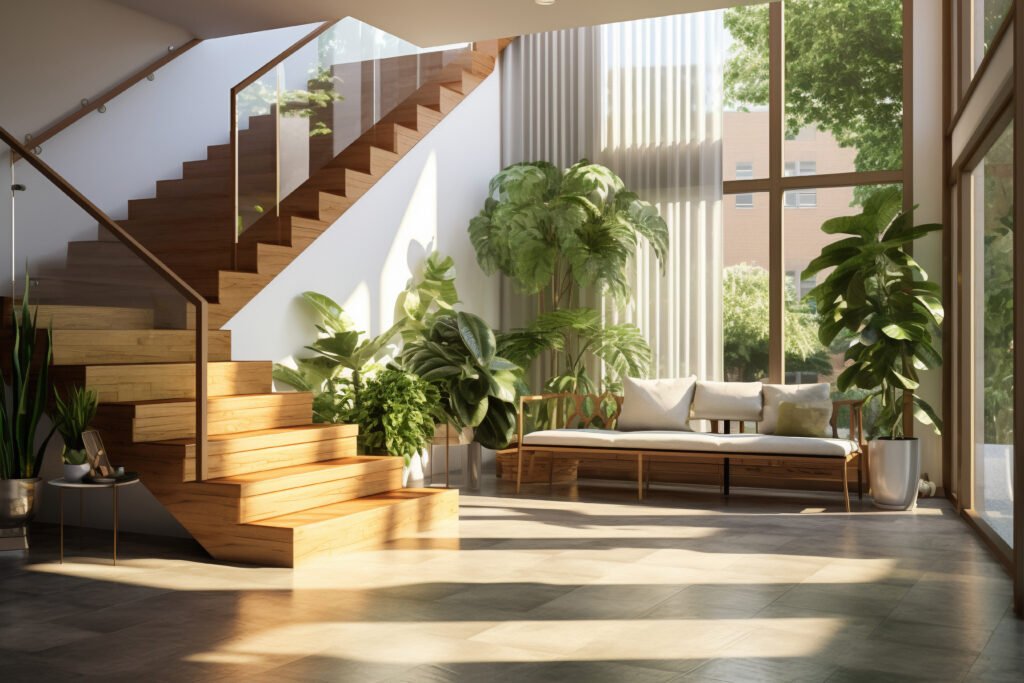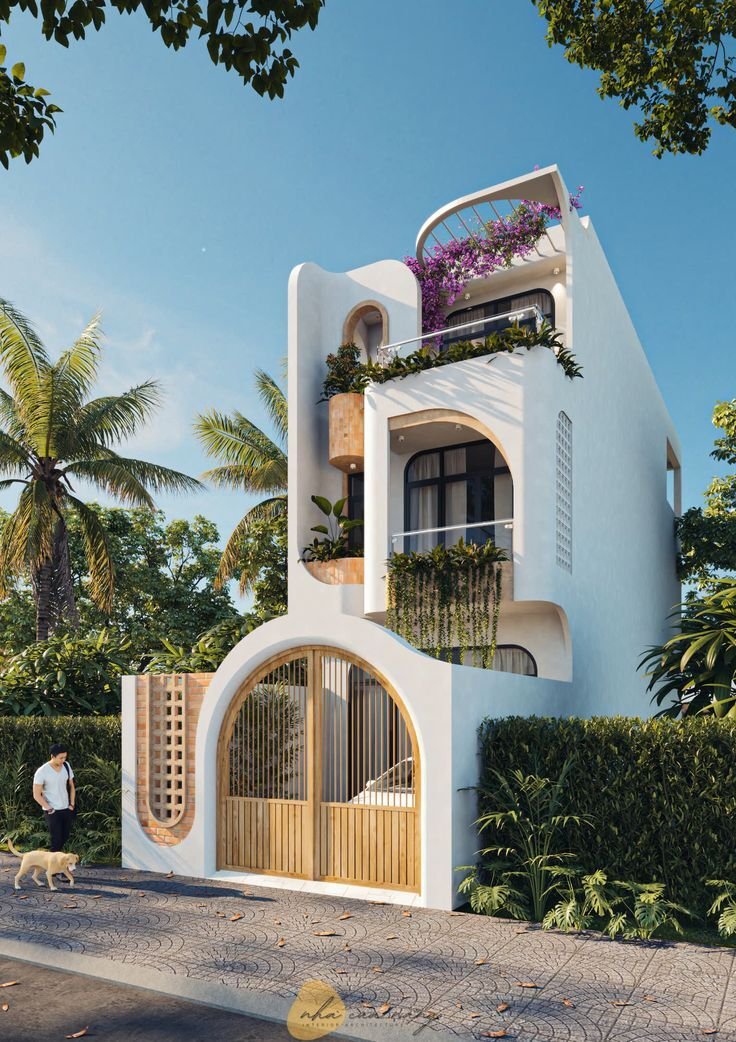In an era where environmental consciousness is at the forefront, sustainable architecture has emerged as the future of eco-friendly building design. The growing impact of climate change and the depletion of natural resources have compelled architects, designers, and urban planners to rethink the way we build our homes, offices, and public spaces. This architectural revolution focuses not only on minimizing environmental damage but also on creating structures that coexist harmoniously with nature, fostering a healthier, more sustainable future.
What is Sustainable Architecture?
Sustainable architecture is an approach to building design that prioritizes energy efficiency, resource conservation, and environmental impact reduction. It encompasses the entire lifecycle of a building—from its initial design and construction to its eventual demolition. This design philosophy promotes the use of renewable resources, such as solar and wind power, and emphasizes the incorporation of natural materials like wood, stone, and clay. By integrating energy-saving technologies and eco-friendly building practices, sustainable architecture reduces the carbon footprint of buildings while improving the quality of life for their occupants.
Key Elements of Sustainable Architecture
Energy Efficiency One of the primary goals of sustainable architecture is to reduce energy consumption. This is achieved through the use of advanced insulation techniques, energy-efficient appliances, and smart building technologies. Solar panels, wind turbines, and geothermal systems are often incorporated to harness renewable energy, reducing reliance on fossil fuels.
Green Building Materials Sustainable buildings prioritize the use of eco-friendly, locally sourced materials that have a low environmental impact. Materials like bamboo, reclaimed wood, and recycled metal are common in green architecture, reducing the need for new resource extraction and minimizing waste.
Water Conservation Sustainable architecture also addresses water conservation through rainwater harvesting, greywater recycling, and efficient plumbing systems. By reducing water waste, these buildings lessen the burden on municipal water supplies and promote more responsible water usage.
Passive Solar Design Passive solar design is a key component of sustainable architecture. Buildings are strategically oriented and designed to maximize natural light and heat, reducing the need for artificial lighting and heating systems. This not only lowers energy bills but also minimizes the building’s overall energy consumption.
Integration with Nature Many sustainable buildings incorporate elements of biophilic design, which seeks to connect occupants with nature. Green roofs, living walls, and indoor gardens are common features, promoting biodiversity and improving air quality within urban environments.
Benefits of Sustainable Architecture
Environmental Impact Reduction By using fewer resources and producing less waste, sustainable buildings significantly reduce their environmental impact. These structures contribute to the fight against climate change by lowering carbon emissions and minimizing the exploitation of natural resources.
Cost Savings While the initial investment in sustainable architecture may be higher, the long-term savings are substantial. Energy-efficient buildings can reduce utility bills by up to 50%, and green materials often have a longer lifespan, lowering maintenance and replacement costs.
Improved Health and Well-being Sustainable buildings promote a healthier indoor environment by using non-toxic materials and maximizing natural light and ventilation. This results in improved air quality, reduced allergens, and a more pleasant living or working space for occupants.
Resilience and Durability Eco-friendly buildings are often more resilient to environmental challenges such as extreme weather events, making them better suited to withstand the impacts of climate change. The use of durable, sustainable materials ensures that these structures stand the test of time.
The Future of Sustainable Architecture
The future of architecture lies in sustainability. As the world continues to grapple with environmental challenges, the demand for eco-friendly buildings will only increase. Governments around the globe are introducing stricter regulations and incentives to encourage sustainable building practices, while technological advancements continue to improve energy efficiency and resource management.
Looking ahead, architects are experimenting with cutting-edge innovations like 3D-printed buildings, carbon-neutral construction, and net-zero energy buildings, which generate as much energy as they consume. The integration of smart technologies and artificial intelligence will further optimize building performance, making sustainable architecture not only more accessible but also more advanced.
Conclusion
Sustainable architecture is no longer just a trend—it’s a necessity. By embracing eco-friendly building practices, we can reduce our environmental footprint, improve the well-being of building occupants, and create a future where architecture works hand-in-hand with nature. As technology evolves and awareness grows, sustainable architecture will continue to shape the skylines of tomorrow, leading the charge toward a greener, more sustainable world.



